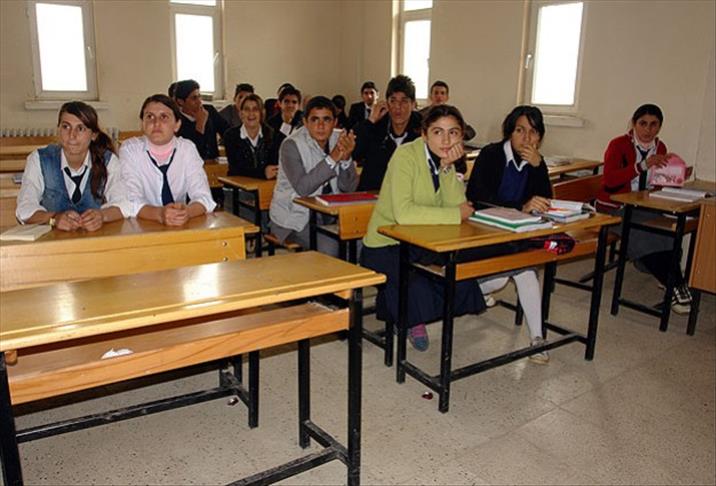
ISTANBUL
While there have been major improvements in the last decade in Turkey in the number of children receiving an education, gender and regional inequality still linger in the Turkish educational system, revealed a report by a Turkish NGO on Thursday.
Almost 99 percent of both male and male students received a primary school education in the 2012-13 school year, according to the report by Education Reform Initiative.
In 2003, less than 88 percent of female students were going to primary schools, while this number was near 94 percent for male students.
But come secondary education, approximately 30 percent of Turkish students do not continue on. This is most noticeable with female students.
During the 2012-13 school year, less than half of the girls went on to pursue a secondary education -- following eight years of primary schooling -- in eastern regions of Turkey compared to almost 80 percent of them in western regions.
However, these numbers are expected to rise as Turkey increased mandatory education from eight years to twelve, thus including the secondary education.
The study also reflects that income gap play an important role in inequality in education. Half of the children of families in highest 20 percent income level go to the prestigious "Science High Schools", which admit only the students most successful in the yearly national selection exams.
Only six percent of the student population, studying in these same schools, comes from the lowest 20 percent income level.
The success gap among secondary schools in Turkey is 60 percent, the highest in OECD countries, according to Isil Oral, one of the researchers of the study.
englishnews@aa.com.tr
Anadolu Agency website contains only a portion of the news stories offered to subscribers in the AA News Broadcasting System (HAS), and in summarized form. Please contact us for subscription options.

